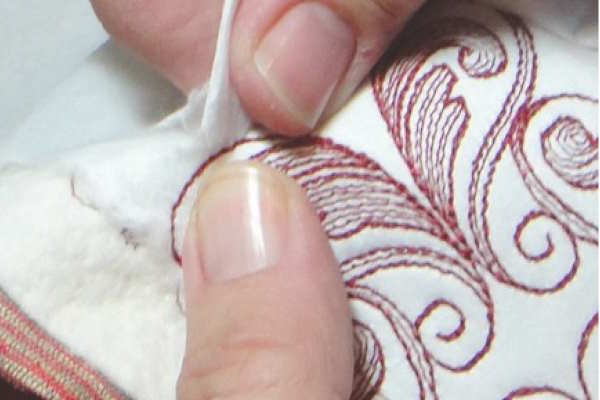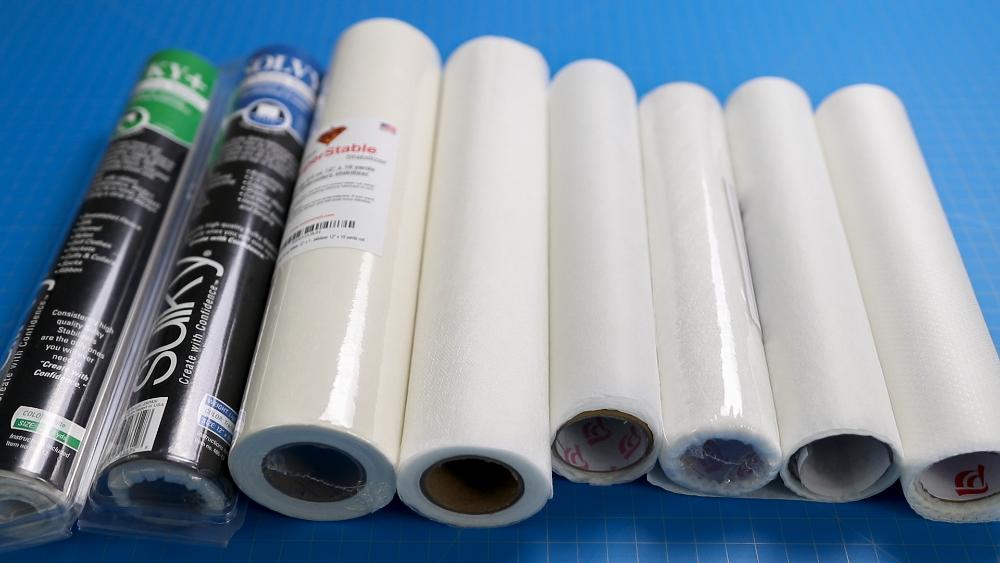
What Brand Of Stabilizer Should You Use?
When it comes to choosing the right brand of stabilizer, we recommend buying from a reliable embroidery source online or supporting your local dealer and using the brand they sell. In most cases, we shop for stabilizers based on price point rather than who they're made by because most stabilizers are created by a handful of main manufacturers and then white-labeled by different embroidery brands. However, avoid purchasing stabilizers from "big box stores" such as Walmart or Michaels. While you may save a few bucks, the quality of the stabilizer is usually subpar, and you won't get a consistent stitch.
Why Is Stabilizer So Important?
Stabilizer is the foundation of your embroidery, and it's essential to use the proper stabilizer for the best results. Without it, the registration of the design may be off, and you might experience puckering or distortion of the fabric. Think of stabilizer as the glue that holds everything together. Your choice of stabilizer can "make or break" your stitch out, and a poorly stabilized fabric can cause your design to look unprofessional.
The Main Types of Embroidery Stabilizers and When to Use Them
There are three types of embroidery stabilizers: tear away, wash away, and cut away. Each of these stabilizers is also available as fusible or tacky. The type of stabilizer you should use depends on the fabric you're using.

- Use Cut Away stabilizer if the fabric has any stretch – t-shirts, sweatshirts, knits, etc.
- Use Tear Away stabilizer if the fabric is stable woven.
- Use Wash Away if using a sheer fabric or freestanding lace design such as our Vintage Lace, 3D Flowers, 3D Butterflies, or 3D Leaves, etc.
In addition to the three types of stabilizers, most brands also have specialty products to use in your embroidery designs . These include fabric preps that help stabilize fabrics that unravel, distort, or pucker. They add stitch counts to your fabric, so it's ideal to use with a heavy stitch count design. There are also products that add varying textures. They add a firm shape or a soft foam shape, which help with applique without adding any bulk and cover the stitches so they won't irritate your skin. These products do not replace stabilizer but can be used with tear away or cut away stabilizers.
In conclusion, if you're looking to achieve professional results with your embroidery, it's crucial to understand stabilizers and the different types available. Using the right stabilizer for your fabric type will ensure that your designs machine embroidery looks its best, without any puckering or distortion. By following this machine embroidery stabilizer guide, you'll be on your way to creating beautiful, high-quality embroidery that stands out from the rest. And always remember, a well-stabilized fabric is the key to a successful embroidery project.






There are no reviews to display.